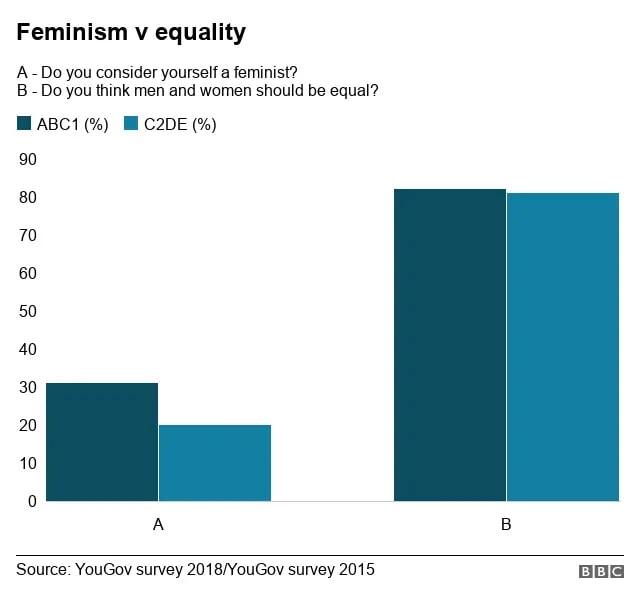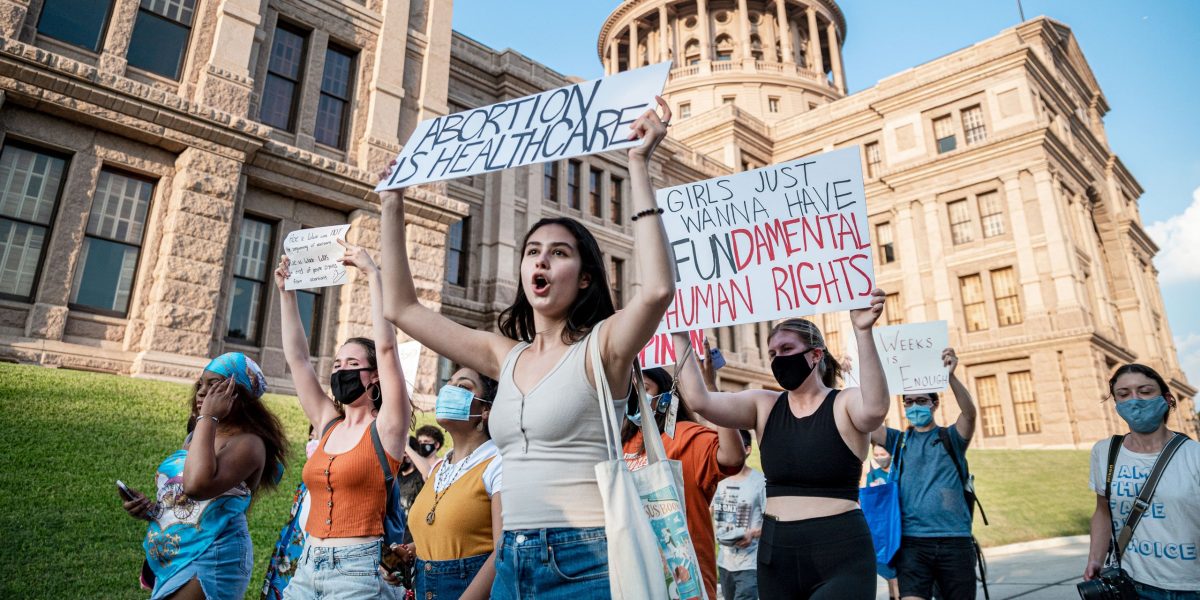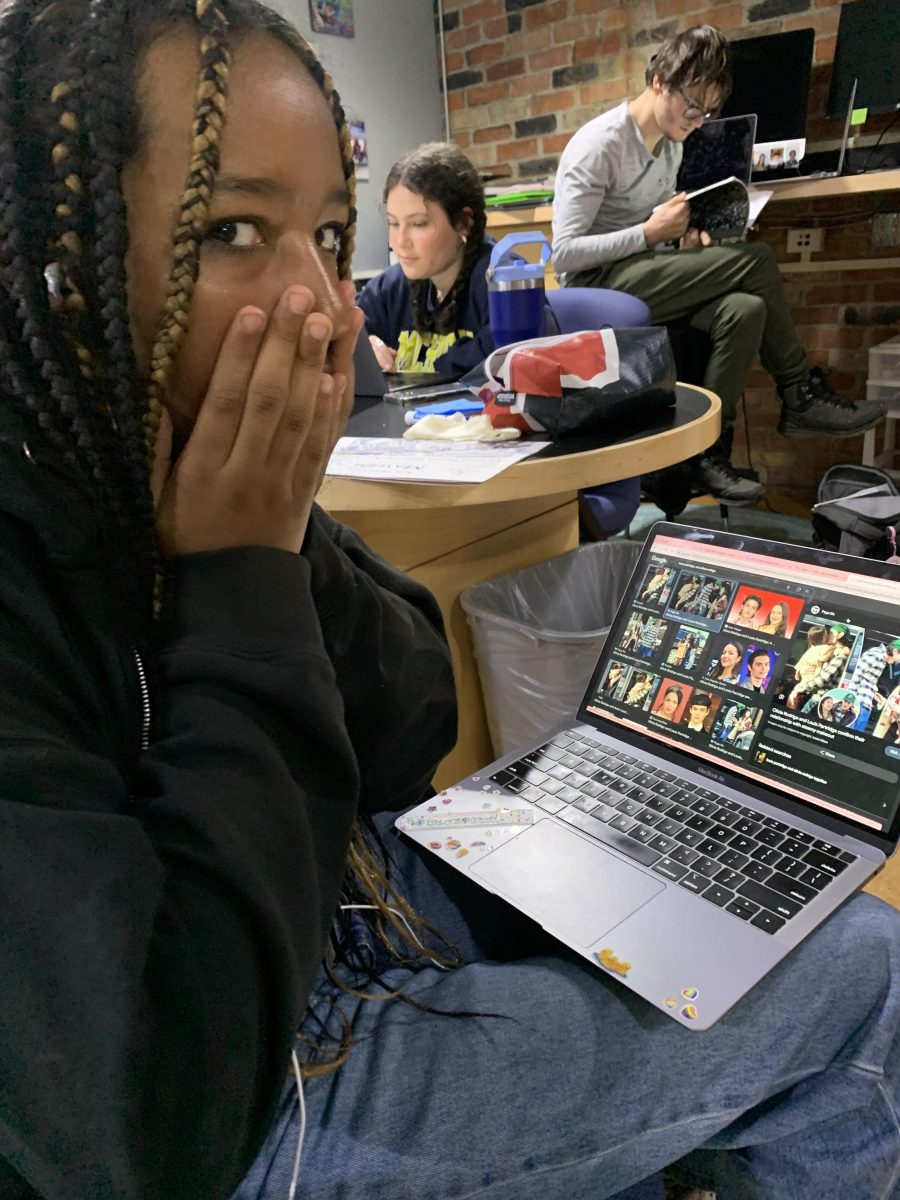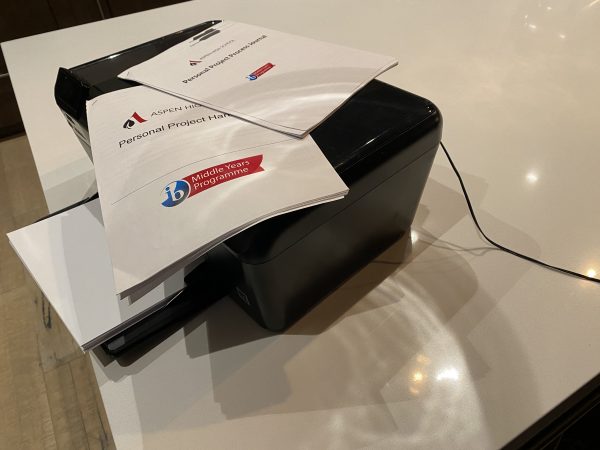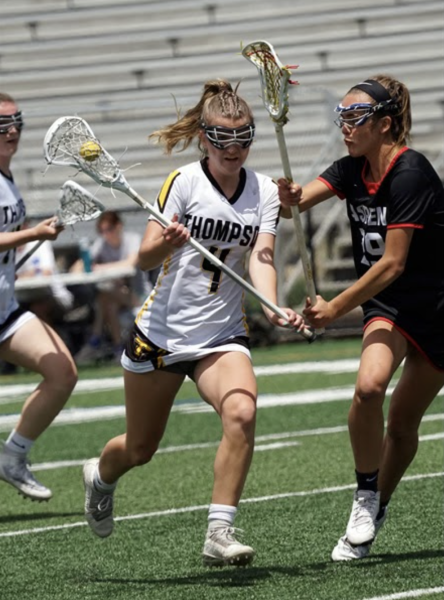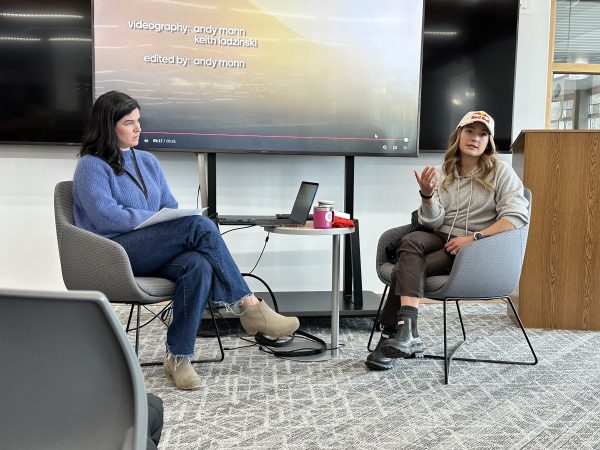ASD Board of Education Controversy
During the first quarter of the 2018/19 school year, there was significant tension between Aspen School District (ASD) leadership and community members who challenged the quality of school climate and culture. Board meetings on September 17th and October 1st, which are open to the public, were packed with crowds of parents, some teachers, and many students who shared widely varying opinions about the performance of the district schools and administrative leaders.
In early September, a group of parents organized the Aspen Parent Action Committee, with the goal of pushing for change in the district. Many of these parents attended the September 17th board meeting where tensions first publicly boiled over. The dialogue between those who support the school currently and those who are calling for change was somewhat negative and even volatile at times.
ASD Parent Bettina Slusar was quoted in the Aspen Times on September 18th for expressing some of her specific grievances during the public comment.
“Our schools aren’t performing, they’re spending more money, making questionable hires and fires, and there’s no transparency with the parents and the community,” Slusar said.
Other parents expressed concerns about falling test scores, low teacher morale, and high teacher turnover rates. Conversely, supporters of the schools and its leadership said that morale is good and the schools are thriving.
An ardent supporter of the district and part-time college counselor Kathy Klug provided another perspective both at the meeting and in an Op-Ed published in the Aspen Times.
“Our schools are not going downhill. They are not failing…Why is there such support for the Aspen Education Foundation? Because Aspen families like what is happening in our schools — from our teachers, sports teams, special-education programs, open-access IB and from our innovative extracurriculars,” Klug wrote in the Op-Ed.
She also criticized the approach that the parents took to address their concerns. In response to some of the concerns brought up during the meetings Superintendent Dr. John Maloy said that choices the administration makes have to align with state education policy and laws, as well as trying to meet the needs of as many individuals as possible. This can be difficult, but both the board and administration try to be “fair and equitable” throughout the process.
“Administrators make hundreds of decisions a day and unfortunately the decisions of each of those requests are not always aligned with the individuals or the groups in the school community,” Dr. Maloy said.
Parents claim that teachers are unhappy but can’t speak up about their concerns. However, this is certainly not the narrative for everyone. AHS history teacher Jennifer Morandi-Benson, who has taught in two other schools, feels that the climate and culture of the Aspen High School is positive.
“I am very, very satisfied working at Aspen High School and very fulfilled working here. I am every day impressed about educational opportunities here at AHS. The amount of rigor we have here is exceptional. It is beyond any school I’ve ever taught at,” Morandi-Benson said.
However, Morandi-Benson also recognizes that her perspective is representative only of her experience.
One body that does exist to represent teachers is the Aspen Education Association (AEA), and about 75% of the teaching staff are members. The purpose of the association is to provide representation for teachers in contract negotiations, but also to serve as a communication channel between teachers and district administration among other things. AEA treasurer and ASD faculty member Evan O’Branovic explained that AEA meets regularly with its membership and administration to discuss concerns and make recommendations for solutions.
“The parent group had initially come out saying that they represent the teachers, and while they may represent some, we feel like its really our role to do that, so we want that to be really clear,” O’Branovic said.
AEA President Mark Munger added that while the parent group seems to have the best intentions, AEA is not aligning themselves with the group.
“AEA decided we did not want to align ourselves with APAC [the parent group] because we view ourselves as the voice of the teaching staff,” Munger said.
However, he also noted that the controversy prompted the association to make several recommendations for how to best move the conversation forward.
In a letter submitted to the board of education, the AEA asked that the board make themselves available for feedback outside of the meetings, to facilitate a review of administration through a neutral third party, to consider information provided by the association regarding concerns of its members, and finally that the board does not rush the process in order to ensure fairness.
“We recommended bringing in a third party because of the volatility we were witnessing, and also thinking it might add a degree of confidentiality for teachers [to genuinely express concerns],” Munger said.
In regards to student perspectives, Board of Education student liaison Cole Petersen feels that the board and the administration were unfairly criticized.
“I know from personal experience how much Dr. Maloy and the Board care about supporting their teachers,” Petersen said.
On October 25th the board issued a statement saying that they would not renew Dr. Maloy’s contract past 2021–for now. Dr. Maloy intends to honor his contract and looks forward to continuing to work for collaborative solutions with the community.
All parties want the schools to thrive. The coming weeks will demonstrate how the community can best achieve this.






